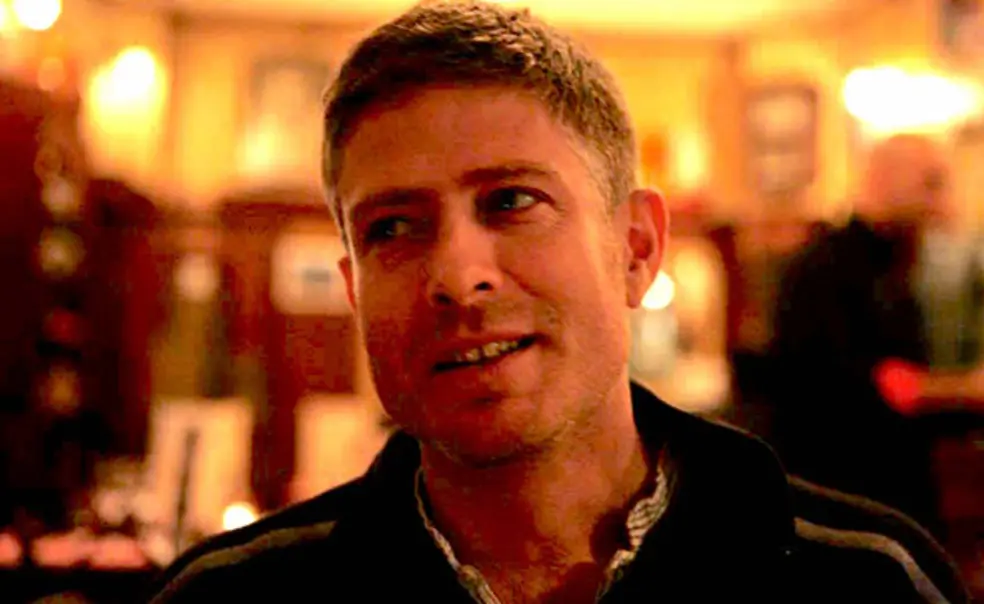Thomas Deuel ’94 Combines Neuroscience and Music, With Inspiring Results
Thomas Deuel ’94 is relaxing in a reclining chair, wearing a wired-up electrode cap in front of a large audience in Seattle. He’s on stage, surrounded by musicians playing acoustic instruments. Behind him, a 3-D image of the brain rotates on a large screen while brain wave signals skip across the same display, the backdrop for a jazz ensemble performance during last year’s 9e2 Seattle Festival of Art, Science, and Technology. It is also a display of Deuel’s two worlds colliding.
This collision was set in motion when Deuel, a neurologist, neuroscientist, and musician, was working as a neurology resident in Boston less than a decade ago and was struck by the idea for an “art/performance project” project. He began to envision an innovative use for the electroencephalogram (EEG) technology that doctors rely on to measure the electrical activity of the brain for diagnostic and research purposes: to enable people to make music using “thought control.”
And thus was born the idea for the “encephalophone” (patent pending), a brain-computer interface that uses the brain’s electrical activity to control a synthesized piano.
Initially, Deuel viewed the concept as a project that “would just be fun” and for art’s sake. But then the trained musician and performer began to regard it through his physician’s eyes.
“I started seeing that … it might be really great for people who had a stroke or spinal cord injury or any disorder where they lose control of their arms or legs,” Deuel says.
Deuel had majored in molecular biology at Princeton, squeezing in as many music classes as his schedule would allow, all the while playing in a band with fellow Princetonians. He went on to complete an M.D. and Ph.D. in neurobiology at Harvard and a certificate in jazz at the New England Conservatory within a period of eight years.
While recently hanging out by the waterfront in Seattle after a long week of 12-hours shifts at the Swedish Hospital, Deuel described his brainchild for PAW. He finds himself in the unusual position of being a physician with a grant from the National Endowment for the Arts. With the “Creative Connections” grant, he is helping to build a bridge between the hospital and the University of Washington’s Digital and Experimental Art and School of Music, where he continues to develop the encephalophone while teaching a graduate class called “Art and Brain.” The grant will be used, in part, to stage a performance at the School of Music by some of Deuel’s patients performing with the encephalophone.
Deuel sees the encephalophone’s medical potential as twofold: Not only could it help patients who do not have the physical ability to play an instrument to create music, but if used during physical therapy, he hopes it might enhance the outcomes.
“Music is really good for motivating patients,” he explains. “There are very few things we do that engage so many areas of brain at same time. We have some limited evidence to suggest that music will benefit people’s cognition and motivate them — such as when they’re doing their physical therapy, [they may be] much more activated and engaged.”
The encephalophone has served Deuel personally as well. “It’s kind of a story of a bit of who I am,” he says of the instrument’s birth and development. “I’ve always been sort of torn between these two worlds of music and neuroscience. It’s always been sort of hard to reconcile them, and I’ve figured out a way to combine them.”












No responses yet